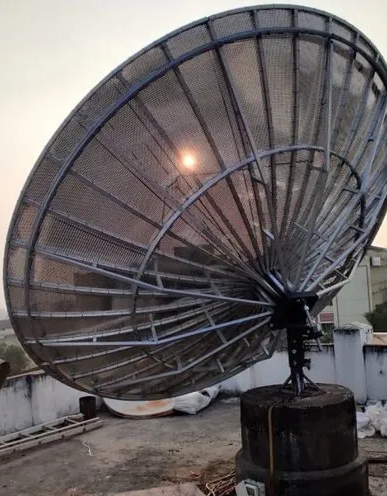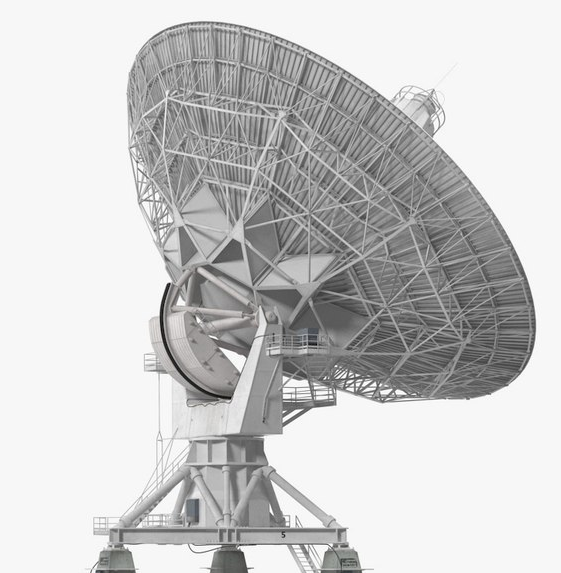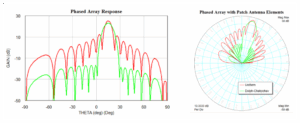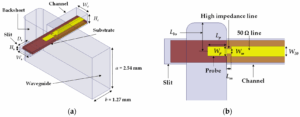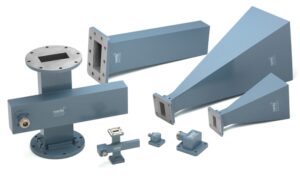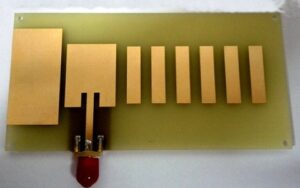Table of Contents
Common Uses of Coaxial Cables in Telecommunications
Coaxial cables are indispensable in many telecommunications applications because they can move immense amounts of data with minimal interference or loss. They play a crucial role in connection homes with cable internet providers and broadcasting signals from one place to millions of others. It is interesting to note the range of applications for such a simple technology. In television broadcasting, the cables connect customers’ homes to cable companies from which they receive both analog and digital broadcasts preserved to coincide with the original. They are valued because they minimize signal loss and interference, resulting in high-quality sound and picture.
These cables are capable of transmitting high-definition signals without degradation, which is especially relevant in broadcasting . Internet service providers also use coaxial cables to link homes and businesses with their broadband services. Coaxial cables provide internet speeds in excess of 100 Mbps, which are sufficient to support heavy use. Unlike fiber optic cables, they do not require light to operate, which eliminates the issue of attenuation and enables permanent high speed throughout the distance. In addition, CCTV uses coaxial cables to transmit video from the security cameras to the monitoring stations or recording devices .
These cables are valuable in that they are rugged and shielded, which makes them immune to electromagnetic interference and makes them a dependable vehicle for security systems. In radio frequency transmission, they links the transmitter or receiver with the antenna and is utilized when the signal is too high frequency for an unshielded wire. In data centers, coaxial cables connect servers and other equipment and support a maximum data transfer rate at 10 Gbps. The cables achieve this through a combination of solid connection between the conductor and equipment and their physical properties, such as reflective shielding and thick insulation.
Role of Antennas in Signal Reception
Antennas are devices designed to facilitate the transmission and reception of radio frequencies across any system of communication. They are engineered to convert electric currents into radio waves and emit them to allow proper transfer of information . Here some ways in which different forms of antennas are typically used:
-
Television and Radio Broadcasting: This is the most common application of antennas, where they are used to emit the signals captured from the respective broadcasters. A small antenna attached to a television in a residence can receive both VHF and UHF frequencies flowing between 30 and 3000 MHz . This allows several channels to be captured across all bands.
-
Mobile Communication: In order to ensure that mobile connection never ceases, mobiles comprise in-built antennas to broadcast and receive the radio signals necessary for voice and data transfer. The quality and strength of the signals emitted by these antennas are dependent on the way they are placed into the devices . They must be properly tuned to use frequency bands from 700 to 2600 MHz to increase and the call quality and speeds of a mobile phone’s internet service.
-
Satellite Communication: Satellite dishes are a common source. Their dishes have to be properly aligned to the precise position of the pertaining satellite in orbit . Satellites function on higher frequencies like C-band and Ku-band of 4–8 GHz and 12–18 GHz respectively . This enables the direct reception of satellite television and weather data, as well as the uninterrupted access of broadband internet.
-
WiFi Networks: WiFi routers use antennas to move internet signals within a certain range of coverage. These can be very useful in big networks in which more than one connection is demanded. Such antennas can either enable or inhibit movement of signals. Modern routers come with numerous antennas attached to the mother router, facilitating MIMO Technology, which allows the data signal throughput speed of 300 Mbps and more .
There are several variations in the types of antennas used on all or some of the devices mentioned. Factors such as the material, design, and technology applied to an antenna determine its efficiency in capturing or emitting signals. For instance, the quality of materials like aluminum or copper impacts the build of an antenna . While aluminum antennas have a lifespan of about 7–12 years . Materials like copper respond better to a device’s greater wear and use, resulting in a lifespan of over 10 years .
Technical Comparison: Coaxial Cables vs. Antennas
Coaxial cables and antennas are both crucial components in telecommunications systems, but they represent different parts of the system and possess different design and working principles, efficiency, and cost implications. This work will attempt to compare the two objects concerning actual telecommunications systems.
First of all, it is important to note that coaxial cables are used primarily to transfer electronic signals with a strong degree of isolation and shielding from other electromagnetic fields. It is particularly important when trying to transfer data over distance, as cables provide a more efficient instrument to protect the data and maintain the signal over significant distances. Notably, there are only few electromagnetic waves that are able to break through a shielded coaxial cable and carry a signal, so the cables are highly efficient for their purpose. Today, these cables can carry signals at distances up to 100 meters and lose no more than 0.2 dB of signal on each meter, which is very efficient for more extended systems. In contrast, antennas are the means of transmitting and receiving electromagnetic waves through the air, and their efficiency largely depends on their design and placement and the atmospheric conditions.
Secondly, both coaxial cables and antennas are relatively cheap. The greatest price is usually associated with labor to install them, which can be very efficient in case of antennas, as the larger ones are set very high. For example, a 100-meter serving of RG6 standard coaxial UART compliant cables costs about $6-$10, and $0.05 to $2 a meter for different models. In contrast, antennas can be bought for $10 for a simple TV antenna, and for several thousand dollars for more complicated designs, especially common in satellite communications.
Thirdly, both objects are sufficiently durable, but the different kind of wear and tear usually require different types of maintenance. Antennas must be maintained to ensure they work efficiently, which can be used for three to fifteen years in non-corrosive environment, though various accidents may decrease this lifespan. Coaxial wires are changeable every five to twenty years, as the installation process is difficult, but the elements themselves are encased and not likely to suffer any extensive damage. Finally, both objects are widely used in low and high-frequency telecommunications but with certain restrictions. Coaxial cables are massively used, but their bandwidth and its defects relative to ultra-high-frequency signals pose certain restrictions. Antennas are used at all frequencies and are capable of receiving a range of signals from a traditional radio to a satellite signal.
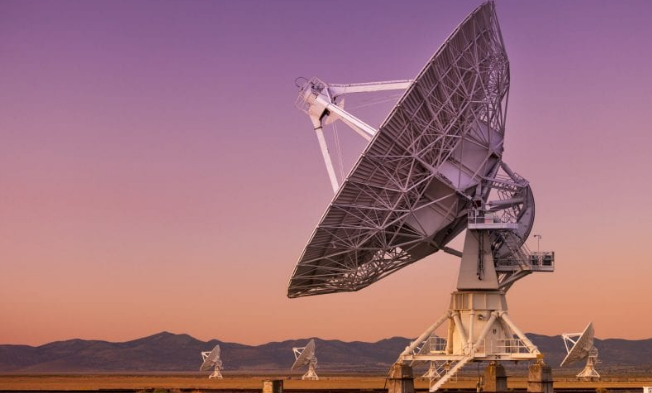
Interference Issues in Coaxial Cables and Antennas
Interference is one of the key problems that make both coaxial cables and antennas less efficient. Even though many modern devices are technologically advanced and have built-in shields, some disturbances still have an effect. Being less efficient, both those devices have a direct effect on the quality of communications by influencing on data transmission rates and broadcasting features .
Problems Affecting Coaxial Cables
A coaxial cable is a piece of equipment used in a variety of modern devices and systems. Coaxial cables are protected from the damages of disturbances by a shield, and still, they are absolutely prone to some types of disturbances. The quality of communications can be affected by two types of interference: ingress and egress .
Ingress – this type of interference affects outside equipment when signals coming from other devices flow through into a damaged coaxial cable. The range of signals is large since the number of devices that want to connect and support their signals remain to be extremely big. Signal ingress has a negative effect on a particular device due to the decreased signal strength. The transmission rates of the data in the affected cable become lower, and the overall quality of the provided service is disturbing.
Egress – it is opposite to the previous type of interference affecting an endeavour that it influences on an inbuilt signal and offends all other devices that use this frequency. The range of signals that the neighbouring equipment uses can be different but rarely smaller than the ones of the affected device. A signal strength becomes lower too as well as the rates of data transmission, although the transmitted data become less qualitative and sometimes deformed.
Problems Affecting Antennas
Once again, the range of interference affecting antennas can be described as wide. At the same time, interference issues that play part in both cases are limited to two major categories:
-
Co-channel interference.
-
Adjacent-channel interference.
Both types of interference make the range of the used signals smaller and their quality not worthy. Co-channel interference takes place when two devices or beholders work/lurk at the same frequency. It remains a widely-spread problem in megalopolises where the number of people possessing wireless devices and trying to connect at the same time is enormous.
Adjacent-channel interference is a problem of the same origin. There is an enormous number of frequencies that people can use, and a nearby frequency can easily fall in the rang of the channel chosen by the device. In that case, signals begin to mix and thus become worse. Both types of interferences play a part in decreasing the range of wireless communications instruments. As a result, data provided to people become less qualitative and difficult o receive. In wireless networks, for instance, people receive the Internet more slowly and experience more periods of dead time. It is worthy to do whatever is possible to combat interference issues in order not to receive any data at all.

